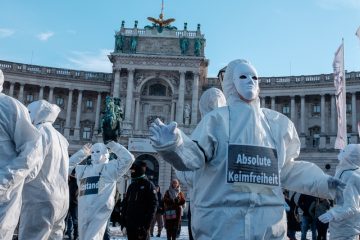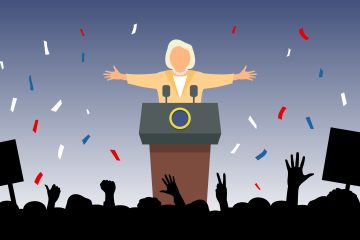
Covid-19 protests, YouTube, and the platform spectacle of populism
YouTube is a prime space for the communication of the hundreds, if not thousands, protests that have taken place around the world since mandatory measures were introduced by governments to contain the spread of the Covid-19 pandemic. From New York to Tokyo and from London to Sydney, protesting social distancing, face coverings, lockdowns and vaccines is caught up in hours of video footage by protesters themselves, passersby, and reporters, featuring as content for the YouTube channels of major international news agencies. According to a recent publication in Harvard’s Misinformation Review, such videos often serve as a backdrop for commentary out which emerge “participatory cultures of conspiracy theory knowledge production and circulation”. Here, I would like to shed light on a …

Visualising the future of visual politics
Visual campaigning is not new to the social media era. In the US, the first political cartoon was published by Benjamin Franklin in political pamphlets in 1747. Visual symbols such as the bald eagle, stars and stripes, and the colours of red, white and blue have been used in campaign posters going back to 1828. Visual campaigning only intensified from the 1960s onwards with the proliferation of television, with the first televised debate between Nixon and Kennedy in 1964 widely hailed as being a turning point. A young and charismatic Kennedy contrasted sharply with an older Nixon, who appeared sweaty and pale (Messaris 2019), and the appearance and personalities of party leaders has played an increasingly important role in political …









